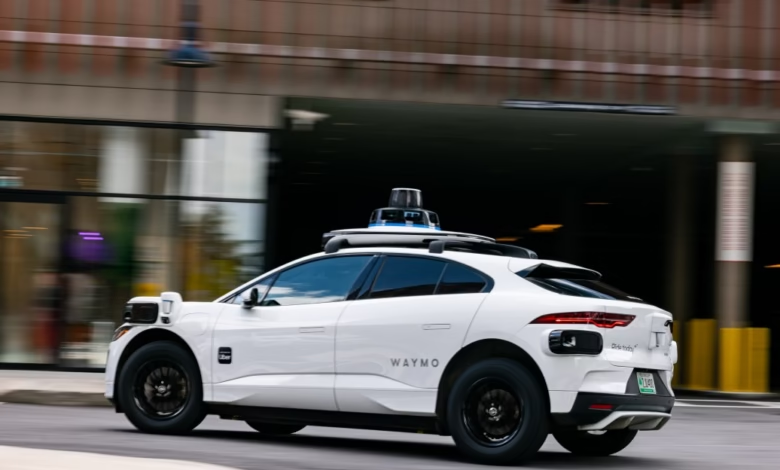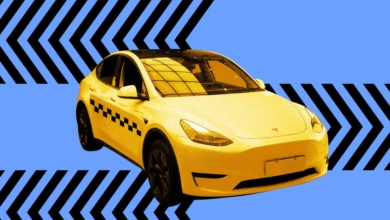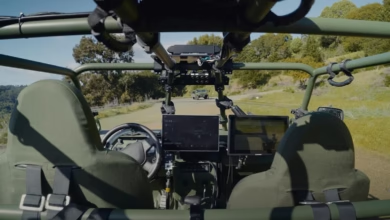Waymo Robotaxis Now on Uber in Atlanta

▼ Summary
– Uber customers in Atlanta can now hail driverless Waymo robotaxis via the Uber app, making Atlanta the second market after Austin for this partnership.
– Waymo’s vehicles in Atlanta operate within a 65-square-mile service area, excluding highways and airport trips, with no guarantee of availability due to a limited initial fleet.
– Riders can opt into autonomous rides in Uber’s Ride Preferences section, with fares matching UberX or Uber Comfort, and control the ride via the Uber app or the vehicle’s touchscreen.
– Uber manages fleet services like cleaning and maintenance via Avmo, while Waymo handles vehicle testing and roadside assistance, with revenue and cost-sharing details undisclosed.
– Waymo began mapping and testing in Atlanta in 2018, with fully driverless testing starting in January 2025 and passenger trips in May 2025, leading to the current Uber partnership launch.
Uber users in Atlanta can now book rides in fully autonomous Waymo vehicles through the Uber app, marking the second city to join this innovative partnership after Austin. This collaboration between the ride-hailing giant and the self-driving technology leader brings cutting-edge transportation options to Georgia’s capital, though with some geographic and operational limitations.
Initially, Waymo’s robotaxis will only operate within a 65-square-mile zone covering key neighborhoods like Downtown, Buckhead, and Capitol View. Unlike traditional Uber rides, these vehicles won’t travel on highways or to Hartsfield-Jackson Atlanta International Airport. Availability is also limited, requesting an Uber within the service area doesn’t guarantee a driverless car, as the fleet will start small and expand gradually.
To improve their chances of securing a Waymo ride, passengers can enable autonomous vehicle preferences in the Uber app’s Ride Settings. Pricing remains consistent with standard UberX, Uber Comfort, or Uber Comfort Electric options. Once matched, riders unlock the vehicle and begin their trip directly through the app or via a touchscreen inside the car.
Behind the scenes, Uber oversees fleet operations, including cleaning, maintenance, and charging, while Waymo handles vehicle testing and technical support. The financial details of their revenue-sharing agreement remain undisclosed, but both companies aim to accelerate public adoption of autonomous transportation.
Though now partners, Uber continues working with multiple autonomous mobility providers, including delivery robots for Uber Eats. The company reports its network now handles 1.5 million annual robotaxi and robotic delivery trips, a figure growing steadily.
Waymo’s presence in Atlanta isn’t new; the company began mapping and manual testing in 2018, with fully driverless trials starting in early 2025. The transition from initial testing to commercial service took just over nine months, demonstrating rapid progress in bringing this futuristic technology to everyday commuters.
For Atlantans, the service offers a glimpse into the future of urban mobility, one where self-driving cars seamlessly integrate into existing transportation networks. As the partnership expands, more residents will have the chance to experience firsthand what it’s like to ride in a vehicle with no one behind the wheel.
(Source: The Verge)






